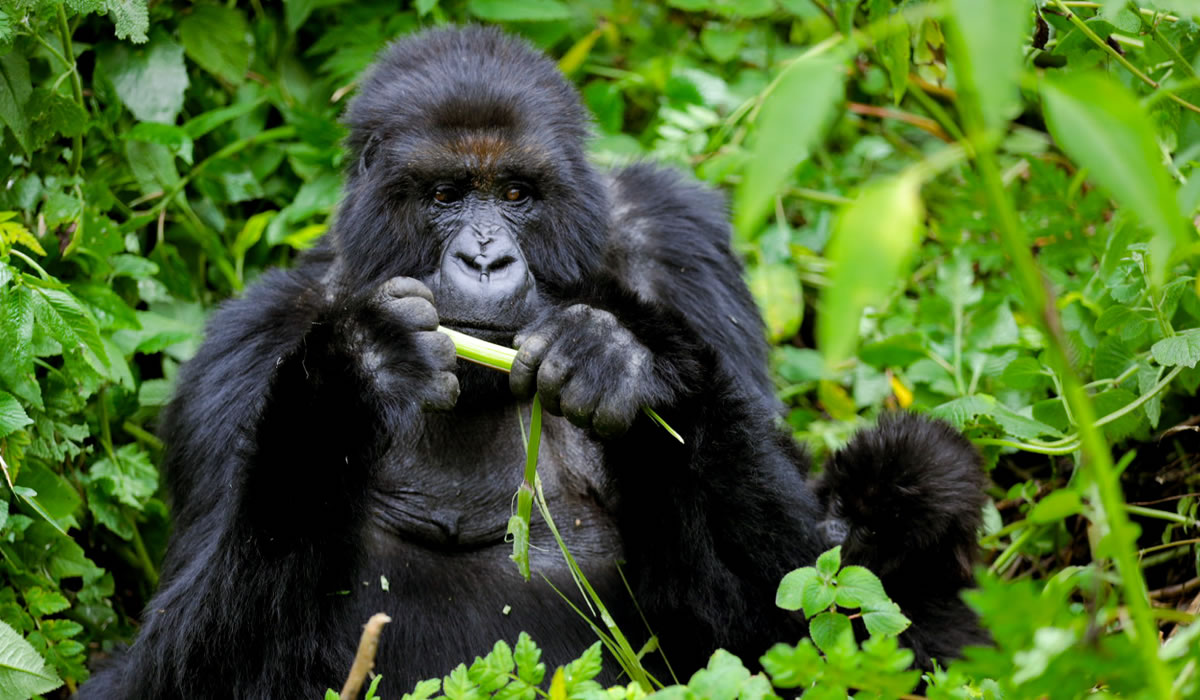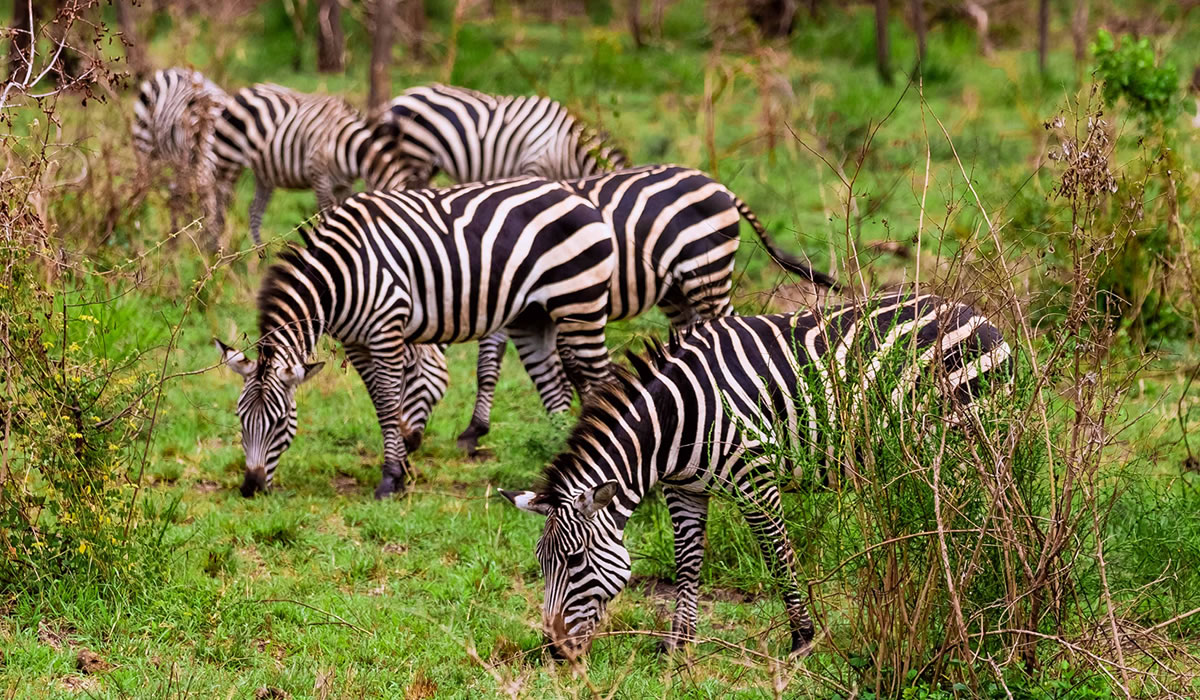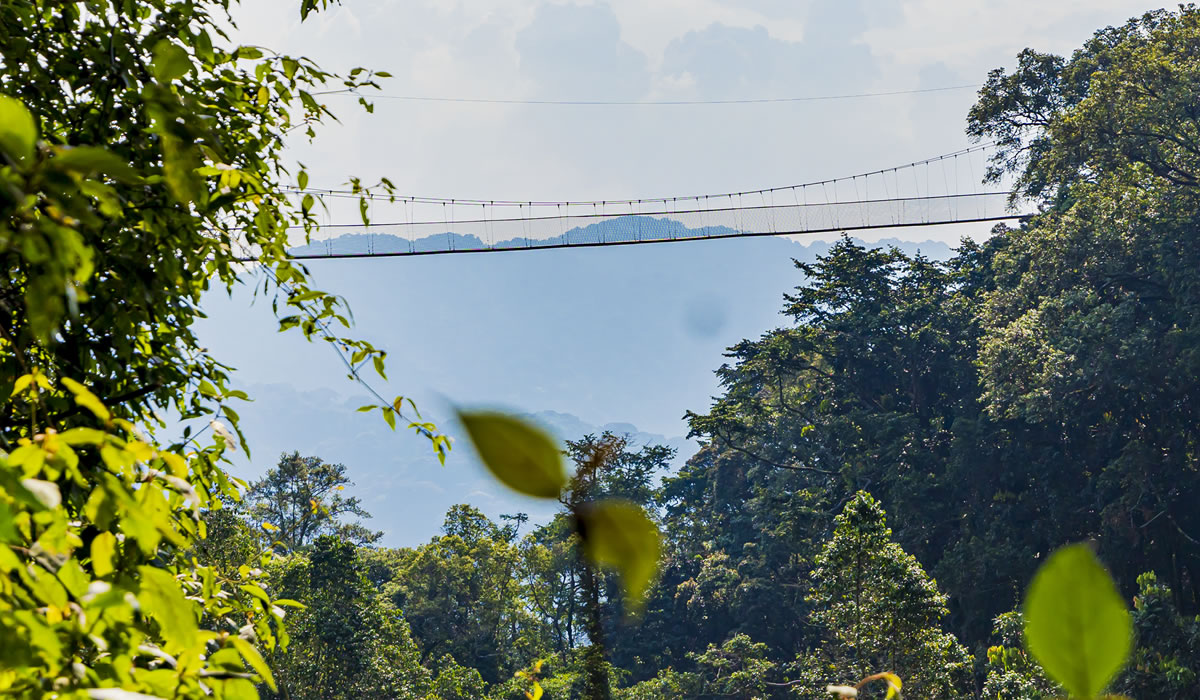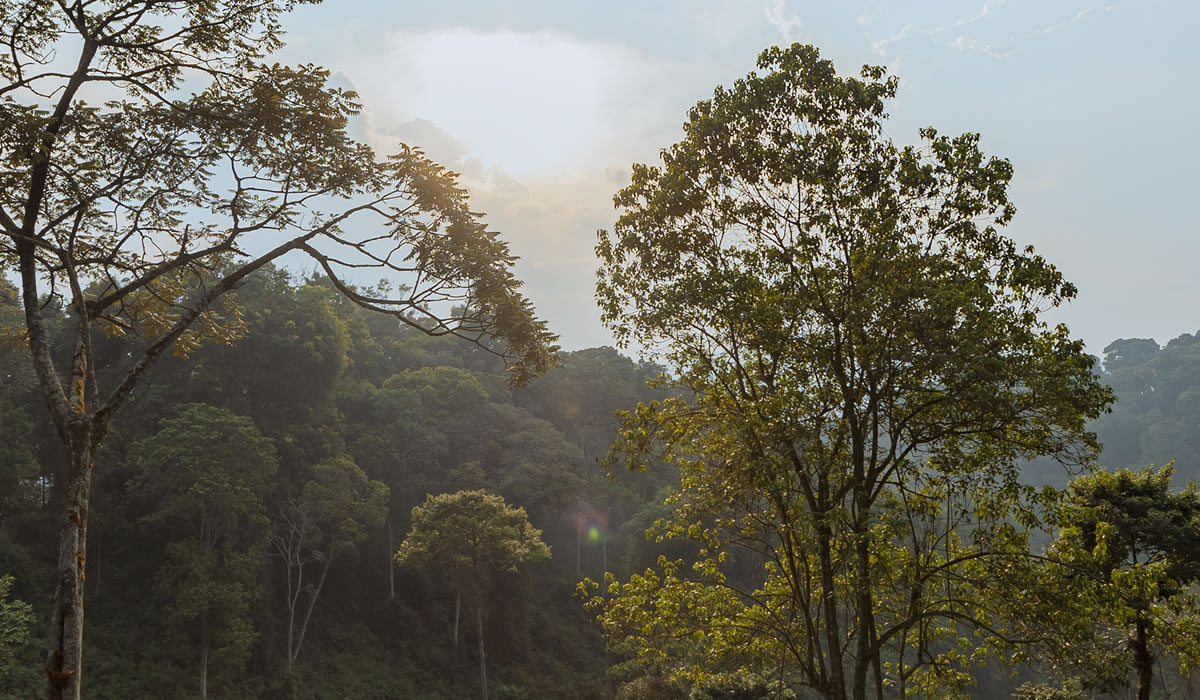Rwanda is a country that stands out as a beacon of environmental conservation and sustainable tourism. The country boasts a rich array of biodiversity preserved within its four national parks: Volcanoes National Park, Akagera National Park, Nyungwe National Park, and the recently established Gishwati-Mukura National Park. These protected areas showcase the country’s commitment to ecological preservation and offer unique experiences for nature lovers and adventurers alike.
Volcanoes National Park, located in the northwest of Rwanda, is arguably the country’s most famous national park. It forms part of the greater Virunga Conservation Area, which stretches into Uganda and the Democratic Republic of Congo. The park is renowned as one of the last sanctuaries for the endangered mountain gorilla. With fewer than 1,100 mountain gorillas left in the world, conservation efforts in this park are critical to the species’ survival.
Gorilla trekking is the park’s main attraction, drawing visitors from around the globe. This once-in-a-lifetime experience allows tourists to hike through dense forests and come face-to-face with these gentle giants in their natural habitat. The park also honors the legacy of Dian Fossey, the pioneering primatologist who dedicated her life to studying and protecting mountain gorillas.
On the eastern border of Rwanda, Akagera National Park offers a completely different ecosystem compared to the forested regions of the west. This park spans over 1,100 square kilometers and is characterized by savannah, wetlands, and rolling hills. After suffering from years of poaching and conflict in the 1990s, Akagera has seen a remarkable turnaround due to collaborative conservation efforts, notably between the Rwandan government and African Parks, a non-profit organization.
Today, Akagera is a thriving example of wildlife restoration. The park is home to all of Africa’s “Big Five”: lions, elephants, buffaloes, leopards, and rhinoceroses. Lions, which were reintroduced in 2015, have successfully adapted and now roam the park once more.
Nyungwe National Park, located in the southwestern part of the country, is one of Africa’s oldest and most biodiverse rainforests. Covering more than 1,000 square kilometers, it is a haven for primates, including chimpanzees, L’Hoest’s monkeys, and colobus monkeys. The park is home to 13 species of primates, making it one of the best destinations in East Africa for primate tracking.
Chimpanzee trekking is a major draw in Nyungwe, offering the chance to observe these intelligent and social animals in the wild. The park also features the only canopy walkway in East Africa, a 60-meter-long suspension bridge that offers a bird’s-eye view of the forest.
Established in 2015, Gishwati-Mukura National Park is Rwanda’s newest and smallest national park. Located in the western part of the country, this park is composed of two separate forests Gishwati and Mukura, that are in the process of being reconnected through a reforestation corridor. Despite its small size, the park plays an important role in biodiversity conservation and climate regulation.
Rwanda’s national parks are not only vital sanctuaries for wildlife but also powerful symbols of renewal and hope. From the misty volcanoes harboring endangered gorillas to the rebounding savannahs of Akagera and the ancient forests of Nyungwe and Gishwati-Mukura, Rwanda has carved out a unique identity as a nation committed to protecting its natural heritage.
Through robust partnerships, community involvement, and forward-thinking policies, Rwanda has turned its protected areas into thriving ecosystems and world-class tourism destinations. As more travelers seek meaningful and responsible travel experiences, Rwanda’s national parks stand ready to inspire awe, educate minds, and support a sustainable future for both wildlife and people.





